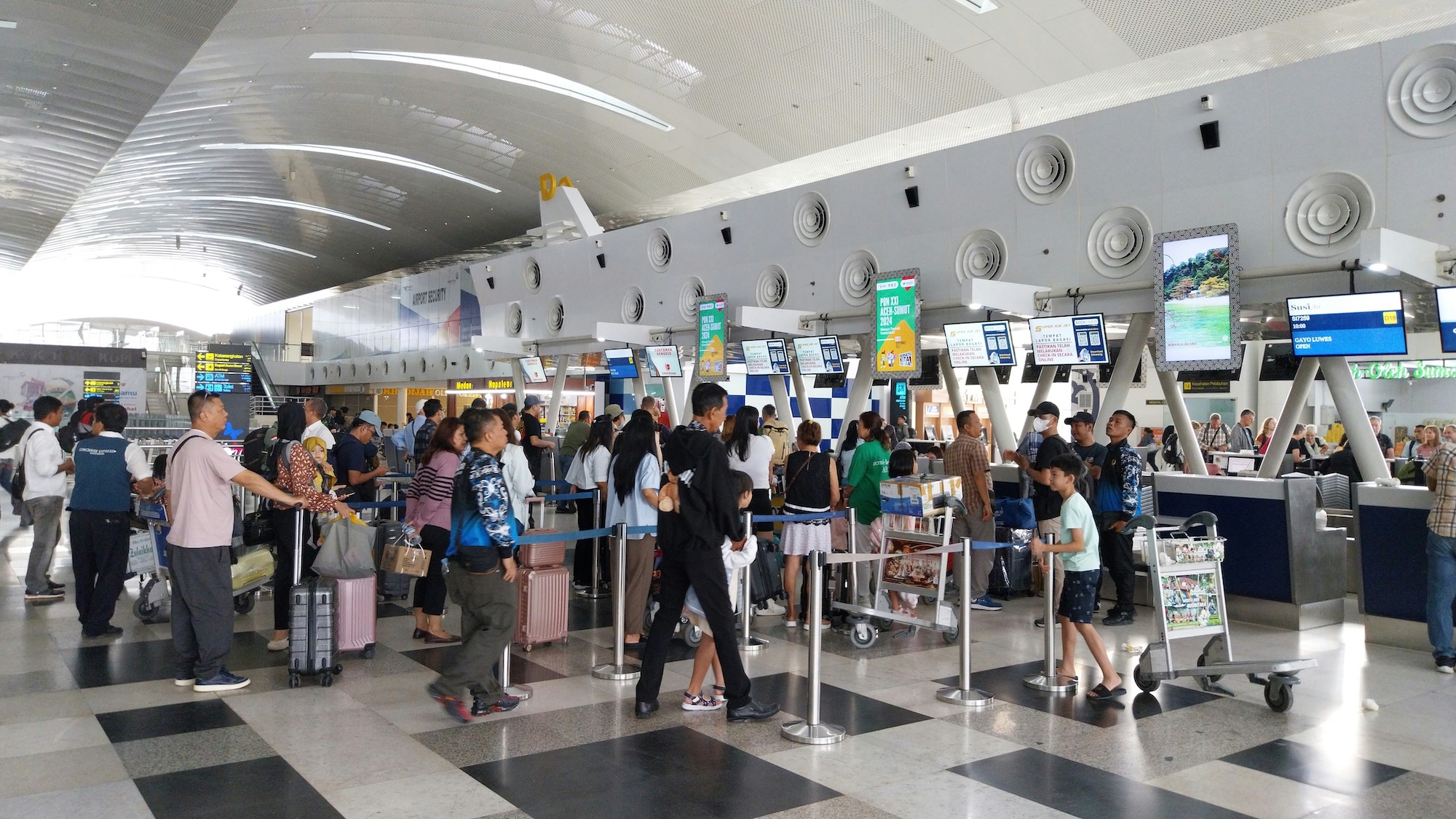
Overview
Sentiment analytics is a must-have, if not amongst the best features of a social listening tool for airport operators, marketing managers and communication executives. However, getting the most of out of social media monitoring tools require advance data cleaning in order to remove noise in order for airport managers to identify genuine, authentic passenger feedback.
Airport managers focus on higher accuracy results from sentiment analysis using clean set of data. This is the fundamental aspect that is often ignored when choosing the best social listening tools.
According to a former Head of Corporate Communications of Malaysia Airports Holdings Berhad (MAHB), social listening tools may be helpful but not entirely useful or effective for many airport operators due to the inherent challenges associated with low sentiment accuracy, high volume of noisy data and lack of experience by third party vendors.
This article demonstrates our deep-dive data analytics capabilities to guide you to harness the best outcomes from sentiment analytics on airport and airline passengers.
1. Focus on quality data extraction
Developing relatable and relevant keywords that represents airline or airport passenger experience is the first step in getting the best results from social listening tools. Unfortunately, this step is often neglected and overlooked by many aviation analysts that are using automated or AI-driven approach.
The list of keywords span hundreds if not thousands of permutation of contextual words including local dialects that represent emotions or sentiment of the airline passengers travelling through airports.
In the context of smaller remote airports in rural areas such as in Borneo, Malaysian-based social media monitoring firm, Berkshire Media, incorporate local keywords based on spoken languages of Sabahans and Sarawakians into the data extraction as part of the social media monitoring approach.
2. Categorize Data According to ASQ
The next step is to sort the clean data from social media and online news into airport service quality attributes. And this usually involve quality data extraction from the bag of contextual keywords that have been identified.
“This is a painstaking process for social media monitoring companies in order to obtain best actionable insights from sentiment analysis” said Shahid Shayaa, CEO and Founder of Berkshire Media, a leading industry expert in consumer sentiment analysis.
| No. | Airport Service Quality (ASQ) | Importance of Sentiment Tracking & Monitoring |
| 1 | Toilet cleanliness | Very High |
| 2 | Terminal cleanliness | High |
| 3 | Check-in process efficiency | High |
| 4 | Security procedures | High |
| 5 | Wi-Fi connectivity | High |
| 6 | Mobile charging stations | Moderate |
| 7 | Airport mobile app usability | Moderate |
| 8 | Signage clarity and visibility | Moderate |
| 9 | Availability of flight information displays | Moderate |
| 10 | Ease of wayfinding | High |
| 11 | Availability of seating | Moderate |
| 12 | Comfort of seating areas | Moderate |
| 13 | Gate area cleanliness | Moderate |
| 14 | Air conditioning and temperature control | Moderate |
| 15 | Noise levels in terminal | Low |
| 16 | Efficiency of immigration | High |
| 17 | Efficiency of customs | High |
| 18 | Friendliness of security staff | High |
| 19 | Helpfulness of airport staff | High |
| 20 | Language skills of staff | Moderate |
| 21 | Speed of baggage delivery | High |
| 22 | Handling of lost baggage | High |
| 23 | Cleanliness of baggage area | Moderate |
| 24 | Shopping options | Moderate |
| 25 | Pricing of retail products | Low |
| 26 | Variety of food & beverage | Moderate |
| 27 | Quality of food & beverage | Moderate |
| 28 | Pricing of food & beverage | Low |
| 29 | Cleanliness of food areas | Moderate |
| 30 | Availability of trolleys | Moderate |
| 31 | Functionality of elevators/escalators | Moderate |
| 32 | Availability of public transportation | Moderate |
| 33 | Taxi/rideshare accessibility | Moderate |
| 34 | Parking facilities | Moderate |
| 35 | Shuttle bus efficiency | Low |
| 36 | Check-in kiosk availability | Moderate |
| 37 | Boarding gate efficiency | Moderate |
| 38 | Overall airport ambience | High |
| 39 | Perceived safety/security | Very High |
3. Sentiment Classification
The 3rd step in sentiment analytics is the categorization of positive, negative and neutral keywords. According to experienced airport managers, the manner of which conversation and messages are being conveyed through social media are often convoluted.
The general principles of sentiment (positive, negative, neutral) are often applied, but in reality, experienced social sentiment analytics companies such as Berkshire deploy domain-specific keywords that are highly relevant to each of the ASQ attributes.
| Sentiment | General principles, treatment and applications on airports |
| Positive | Any posts related to or associated with a joyful experience by passengers before departure and during arrival. |
| Negative | Any posts related to or associated with a negative or discomforting experience by passengers before departure and during arrival. This may include inconveniences experienced by airlines passengers. |
| Neutral | Posts of news that carry a neutral tone, keywords or content that doesn’t impact passenger experience directly or indirectly. |
“Data cleaning is often require industry experience after sentiment tagging. We found that automated AI-enabled social media monitoring tools may not be the answer when analyzing sentiment for large data sets” said Shahid Shayaa, a former business turnaround specialist who worked in Malaysia Airlines.
Best social listening tools in the market often neglect the importance of sentiment classification process that are crucial in delivering quality insights to airport operators.
When searching for the best listening tools with sentiment analytics capabilities, data-driven media monitoring companies such Berkshire Media offer superior actionable insights for airport operators due to a combination of industry deep-dive experience and a comprehensive social media monitoring approach that integrates both data extraction, data cleaning and sentiment tagging.
If quality insights is a priority to you, then partnering with a reputable aviation experts with data-mining capabilities is a good start. Having an integrated all-in-one media monitoring with experience in managing reputation risks through real-time proactive sentiment analysis should be the first choice for airport operators and managers.
4. Identifying Detractors & Advocates
The final output of a high quality sentiment analysis for airport are often used to identify brand advocates whom you can partner with to elevate the passenger experience, mainly on retail and to educate awareness on operational improvements or airport upgrades.
At the same time, the best sentiment analysis report are often used to identify detractors or a loud minority groups who may be deliberately posting negative posts about the airport experience.
Experienced social media monitoring companies in Malaysia such as Berkshire Media helps airport operators to distinguish between a genuine customer complaints and potential detractors that are motivated by other factors. This deep-dive sentiment analytics takes into account identifying recurring trends, investigating individual profiles or fake social media accounts.
Parting Thoughts
Airport managers should be cognizant on the pitfalls when choosing sentiment analytics as part of your social media monitoring system. The sentiment of passengers travelling through airports will continue shape the opinion due to ever changing polarities and this makes is a compelling reason to track, monitor and act.
The best output of any sentiment analytics hinges on quality data extraction, data cleaning and deriving relevant actionable insights that can complement or elevate the airport service quality for passengers.
At the end of the day, the combination of the right processes and manpower make it a worthwhile data-mining journey to get the best from sentiment analysis.

About the Author
Shahid Shayaa is the founder and managing director of Berkshire Media. He specializes in data-driven communication strategies and insights using social data analytics, social media monitoring tools and machine learning text algorithms for more than 13 years. As an expert in the field of media monitoring, issue management and managing reputation risks for companies, he is involved in various research studies in this field and published various scientific papers on social data analytics, sentiment analysis and back-end algorithms on consumer sentiment, emotions and behaviour for marketers and campaign managers.
His research work and studies have been cited more than 467 times, inspiring new research in the field of social analytics in Malaysia. You may view his work here.




